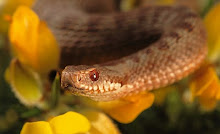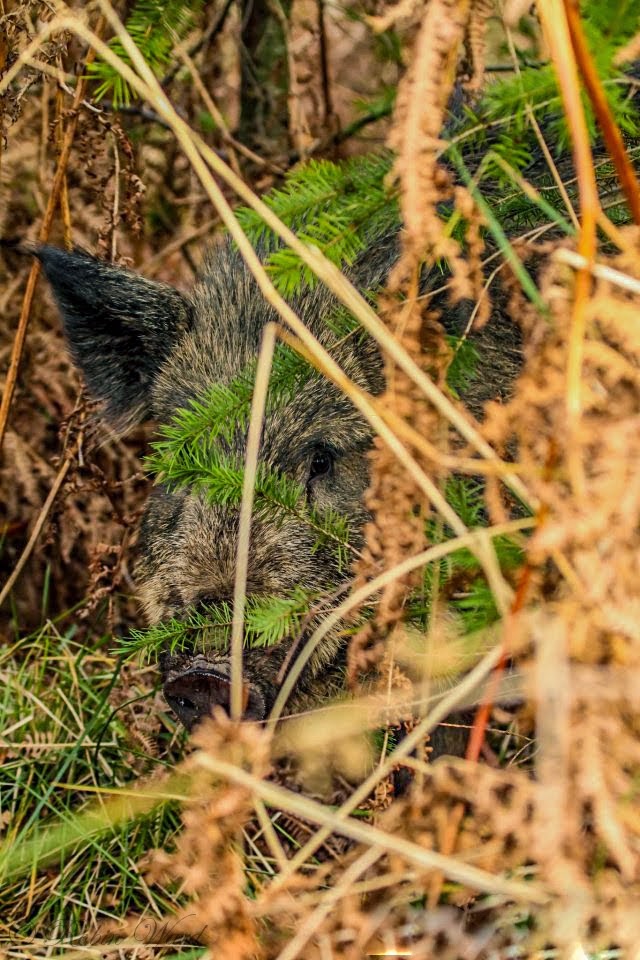I am focusing this post on low light (or rather no light) long exposure photography. If you are thinking about trying this, or don't know how, I will give you some guidelines. It can be quite difficult to get it right, but patience and trial and error will pay off.
The first and most important piece of equipment you will need for this type of photography is a tripod and a solid surface to place it on as your camera has to be rock steady for up to a few minuets at a time.
You will also require a self timer function built into your camera or a remote release switch. This will eradicate any hand shake from pushing the shutter manually.
Here are some basic camera settings I usually use (without filters).
ISO: 100 - 200
Shutter Speed: Between 15 and 30 seconds
Manual Focus
A/V (Aperture Value): As low as possible (e.g. f/2.8)
Focusing can be tough, especially at night, so for example, if you want to photograph lightning, visit a spot where you have good views in the daytime and with your lens at its widest setting (e.g. 18mm) manually focus on the horizon, or on something in the distance. This way you will learn where your lens's sweet spot is and this will enable you to focus at night. Alternatively, pick a location where there are street lights etc in the distance. You can usually focus on them.
METEORS
Photographing meteors is very difficult as they are not confined to one area like lightning; instead, they shoot across the whole sky. This is where your patience comes in as taking one photograph every 30 seconds for a few hours can cause the best of us to cave in. But if you are lucky enough to have your camera pointed at the right part of the sky when a meteor burns through our atmosphere, you will be glad you stuck it out.
Here is a shot of faint meteors from the famous meteor shower; Perseids. One is entering the frame top left and the other is entering from the right.

The long exposure causes the stars to blur, but the meteor tails remain sharp as the light from them disappears quickly.
Here is another pic where I captured an aeroplane as it moved across the sky. There is also a meteor coming in from the right, just above the aeroplane.

Then my luck changed as a meteor started to burn through our atmosphere right in front of me. It looked like a big star getting brighter and brighter, until it faded and burnt out. My camera was pointing directly at it, but I had to wait approx 20 seconds until it had finished taking the shot before I could take a look to see what I had captured!
When I looked I was gobsmacked! Not only did I have the entire meteor in frame, but it was also well exposed and the light was awesome!
Here it is, the best meteor shot I have and one I will struggle to better. This photograph was taken approx 3hrs after the previous two, this is the reason the sky is darker.

LIGHTNING
Although photographing lightning can be a tad dangerous when compared to meteors, it is awesome to witness as well as photograph. It makes the hairs stand up on the back of your neck. Or is that a sign that you are about to be fried?
Photographing lightning is something I love doing, although the opportunities do not present themselves very often!
The same settings can be used, although lightning is usually brighter, so this is where trial and error comes in. You have to learn what settings are best for the conditions and your camera. This is something I can not tell you, as you have to learn this for yourself.
Here is a pic where I captured two bolts of fork lightning. They struck within 30 seconds of each other and the one on the left is over exposed as it struck first. My exposure was too long and as a result, too much light entered the camera, overexposing the lightning.

Here is another shot where it looks just like heaven has opened up to release it!

Sometimes the sky lights up, but it doesn't expel lightning. This is a truly awesome and beautiful sight as the sky changes from black to a golden red, brown and blue colour.

There is lightning that hits the ground and then shoots off like it has a mind of its own!

And even some, which seems to go up! This is called a tracker and I was lucky to capture this before the fork exploded from the cloud above!

Then, the one you have been waiting for; a MONSTER fork, which hits the ground too close for comfort and makes the electricity lines buzz overhead!
This was a true monster and if I was unlucky enough to have been struck, I would have been quick fried!

If you have any questions, email me at robward10@btinternet.com and I will do my best to answer them.
Rob







